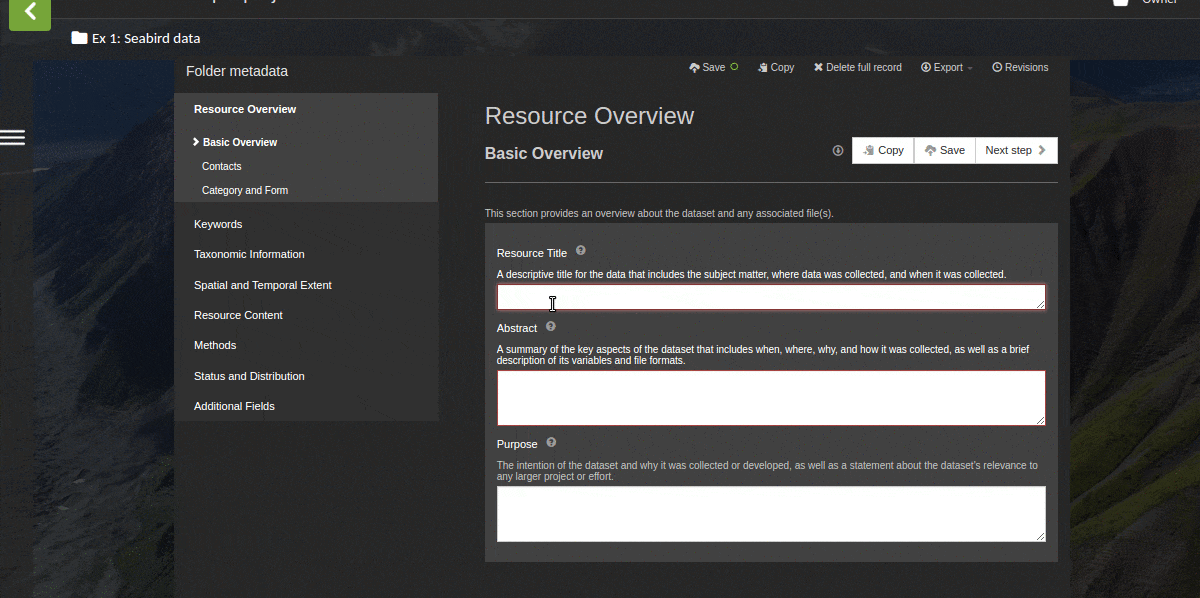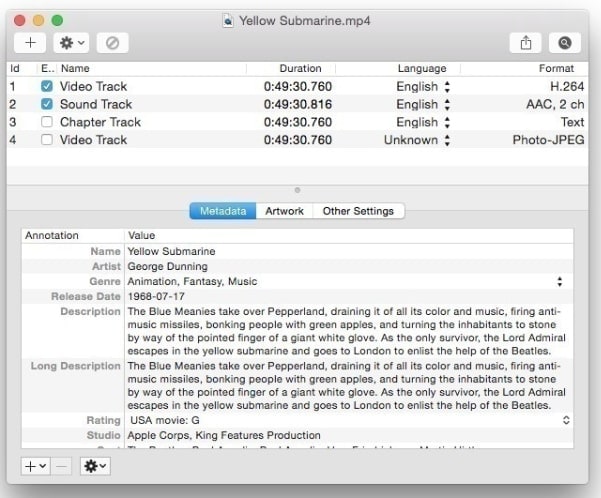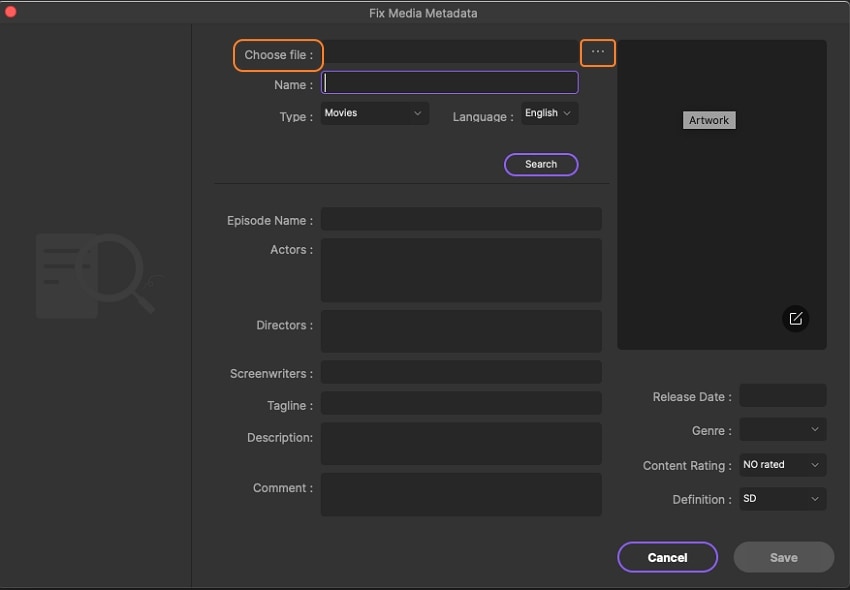

- VIDEO METADATA EDITOR TO ADD IMAGES HOW TO
- VIDEO METADATA EDITOR TO ADD IMAGES INSTALL
- VIDEO METADATA EDITOR TO ADD IMAGES UPDATE
- VIDEO METADATA EDITOR TO ADD IMAGES PRO
- VIDEO METADATA EDITOR TO ADD IMAGES CODE
(Note the memory leak issue is not addressed.
VIDEO METADATA EDITOR TO ADD IMAGES CODE
Licenseįor those of us who are VB.Net'ters, here is what I have for a VB.NET code conversion. NET developer should he/she need those features in their. Of course, that is beyond the scope of this article I leave that to the adventurous. As you inspect the DLL, there are also means to do GeoTagging, given your photo's Longitude and Latitude information in the header are present.
VIDEO METADATA EDITOR TO ADD IMAGES PRO
Reading/updating the image metadata is one of the tricks that are offered by the Pro Photo Tools DLLs. Again, the simplicity is the major selling point here.
VIDEO METADATA EDITOR TO ADD IMAGES UPDATE
To update the metadata, simply assign a new value or values, then call mit(). Here are some of the keywords available:Īs you might have noticed by now, imgProxy.Data is read/write. You don't need to know the "location" of the metadata (regardless of whether its XMP, IPTC, or EXIF!), p.GetTagIndex() does it for you! If you need to know the rest of the metadata keywords, all you need to do is take a peek of the policy XML file. I still haven't understood it fully, but suffice to say, it deals with all the "mappings" between the image metadata and the location of the metadata from within the header of the image file. If you run the application through the debugger and inspect imgProxy, you will see the rest of your image metadata! Not only that, the array contains objects that represent the data deserialized for you, not just some series of bytes that you need to format for display. That's the beauty of it: the simplicity! imgProxy ( ImageFileProxy) pretty much takes the grunt work of loading the metadata into memory, and the imgProxy.Data (an array) is the blob that contains all the image metadata. Yes, uneventful as it seems, that is all there is to it. What Happened Here?Īs you can see, not much is going on here when you run the application: you extracted the description from the image metadata and displayed it in the console screen. NET Reflector? You point loadPolicy() to that location. And, remember the policy XML you extracted using. Img_path is the path to the image file that you want to inspect/change the metadata of. ImgProxy.Data = " Description modified!" Object desc = imgProxy.Data Ĭonsole.WriteLine( " Description: " + desc.ToString()) ImgProxy = new ImageFileProxy(img_path, p) Var p = ( new MetadataPolicyManager()).loadPolicy( C:\" \") Now, you will just need to write this code in your test C# application:

We will make a reference to this file somewhere in the C# code that you will write.īelieve it or not, the hard part is done! Referencing the DLL. Open and browse to the Resources folder, and save to a local directory in your computer. This DLL contains all the good stuff for reading and writing image metadata. Create a C# Console Application and reference from the %PROGRAMFILES%\Microsoft Pro Photo Tools directory.
VIDEO METADATA EDITOR TO ADD IMAGES INSTALL
Setting it Upĭownload and install the Microsoft Pro Photo Tools 2.0 software and then fire up your Visual Studio 2008. There has been a radical change with the way Microsoft deals with metadata from version 1.0 to 2.0, so I figured writing an article about it may be worthwhile. There has been a forum discussion somewhere on the intarwebs on using the DLLs bundled with the first version of Pro Photo Tools (called PhotoInfo). I have to be honest, this idea isn't exactly original. NET Reflector and Visual Studio's debugger.and the usual screaming and cursing in front of the computer during the discovery process. The tool comes with a number of DLLs that I will be using to view/update metadata in a C# application. It's a freeware that is used to view update the EXIF/IPTC/XMP information of a wide range of image formats, including proprietary RAW formats from camera manufacturers. Microsoft has introduced this nifty tool to view/edit image metadata called the Pro Photo Tools 2.0. They could change this anytime they want, so be aware of this fact should you decide to use the code in a production environment. Please note that none of these are based on the documented. Fortunately, I have discovered a better way to do it using Microsoft's own free tools. I have been faced with this challenge of programmatically updating image metadata, and the idea of using ImageMagick scared me.
VIDEO METADATA EDITOR TO ADD IMAGES HOW TO
NET implementation isn't exactly updated (as far as I know), and there is no clear information on how to use it without having to see a shrink afterwards.

NET developer has to mess around with, but on those occasions where it is needed, it is surprising to know that there are not a lot of options around. al.) is probably one of the not-so-common tasks a. Tinkering with an image (JPG, TIFF, or even RAW) file's metadata (EXIF, IPTC, XMP, et.


 0 kommentar(er)
0 kommentar(er)
